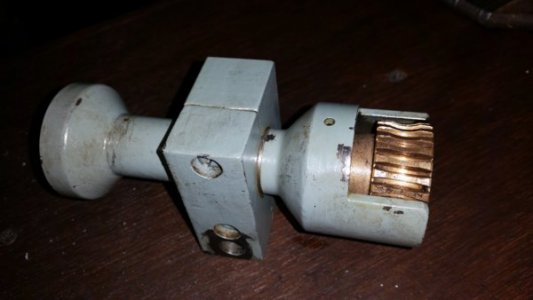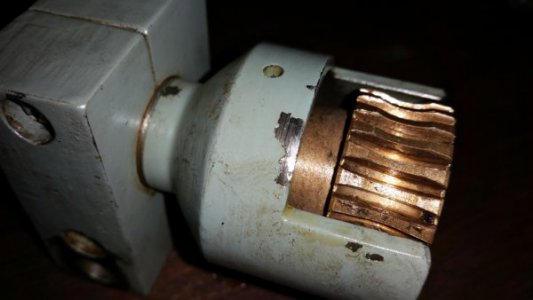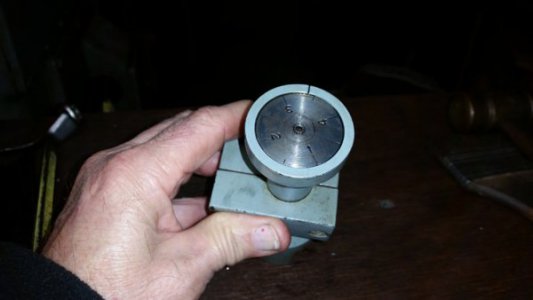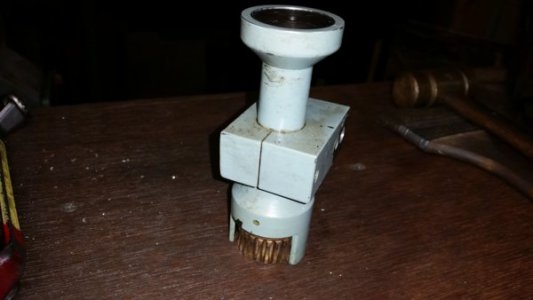H
Hukshawn
Forum Guest
Register Today
Anyone remember ages ago I first came here because my lathe wasn't cutting threads right, and we discovered some gears were mismatched and my thread dial gear was wrong?
I finally have the ability to make gears, I'd like to make one for the dial. Forward and reversing the lathe to thread works, but it's very difficult when you have to thread to a shoulder or internally. I've chewed up many parts because the lathe spun too far.
I've never known the math or what resources guys use to figure out the gearing.
I need to figure out what size and how many teeth to cut.
Can we start this process?
I finally have the ability to make gears, I'd like to make one for the dial. Forward and reversing the lathe to thread works, but it's very difficult when you have to thread to a shoulder or internally. I've chewed up many parts because the lathe spun too far.
I've never known the math or what resources guys use to figure out the gearing.
I need to figure out what size and how many teeth to cut.
Can we start this process?





